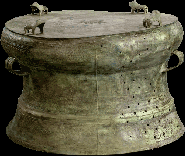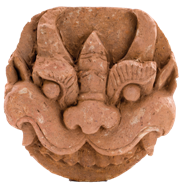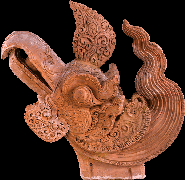A Country amidst Tensions between Cultures
No country in south-eastern Asia has carried out so many excavations and built so many museums as Vietnam has. Guided by the archaeological discoveries of the last six decades, visitors to the exhibition will go on a fascinating journey through more than ten thousand years of Vietnam's cultural history, from the Stone Age to the present. The exhibition assembles archaeological jewels from eight Vietnamese museums: oldest Stone Age finds, examples of excellent bronze craftsmanship and gold objects. They come from bizarre cavern landscapes, from graves hidden in the jungle, from settlements in river valleys and on mountain plateaus.





